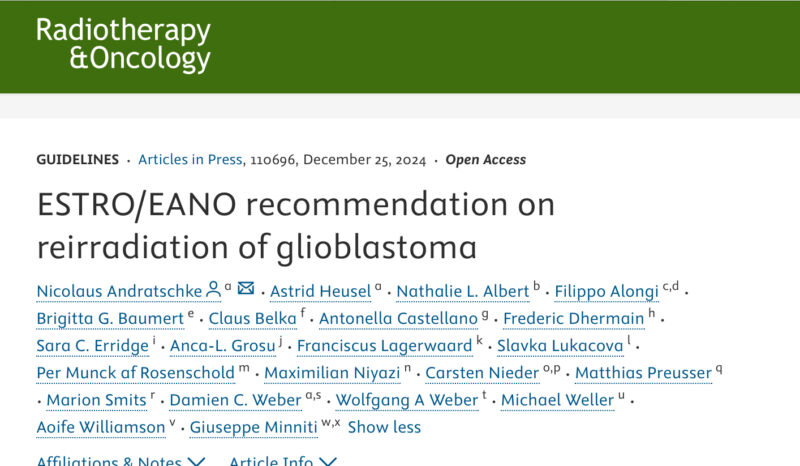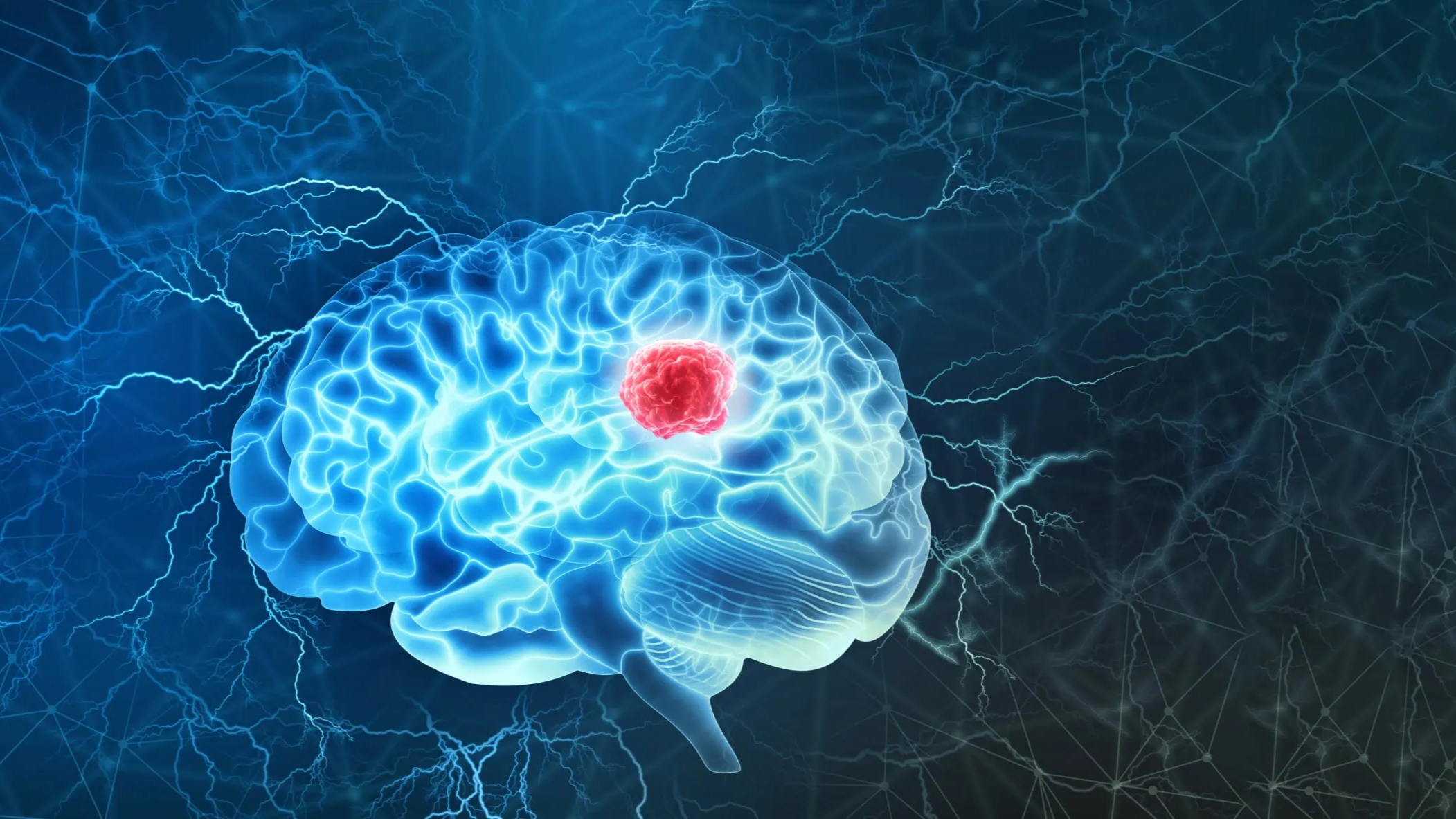Gustavo Viani, Professor of Radiation Oncology at Ribeirão Preto Medical School, shared a post on X, about a paper by Nicolaus Andratschke et al. published in Radiotherapy and Oncology.
“ESTRO/EANO Guidelines on Reirradiation for GBM.
Radiation oncologists, let’s break down the key questions answered by the latest guidelines on reirradiation of glioblastoma (GBM).
Why reirradiate GBM?
Re has shown potential clinical benefits, but controversies remain regarding its impact on overall survival (OS) and safet.
This guideline provide expert-backed recommendations for safe re.
Who is a candidate?
- with good performance status (KPS >70)
- Minimum 6 months interval after initial
- Decisions must be tailored and discussed in a multidisciplinary tumor board.
How to confirm recurrence?
- Use T1-weighted contrast-enhanced MRI and FLAIR/T2 imaging
- Advanced techniques like PET and perfusion MRI help differentiate recurrence from pseudoprogression.
How to define the target volume?
- GTV: Visible lesion on MRI
- CTV: Optional 5 mm margin
- PTV: Expand up to 3 mm to ensure precision with IGRT.
What dose should be prescribed?
- Equivalent dose (EQD2) ≥36 Gy is recommended
- Use hypofractionation (e.g., 35 Gy/10 fx) for moderate lesions
- SRS (single-fraction) is an option for small tumors.
Planning and delivery?
- Advanced techniques like IMRT, VMAT, IGRT are essential to reduce risk to organs at risk (OARs)
- Consider proton therapy for select cases.
Combining re with systemic therapy?
- Mixed results for adding bevacizumab or chemotherapy
- Benefits in progression-free survival (PFS) for MGMT methylated tumors.
Follow-up after reirradiation?
- MRI every 3 months for disease monitoring
- Begin follow-up 6 weeks post-treatment
- Use advanced imaging techniques to distinguish recurrence from radionecrosis if necessary.
Conclusion:
Re is a viable option for selected GBM. Careful planning and multidisciplinary discussions are crucial. Future studies will clarify its role and further refine best practices.”
“ESTRO/EANO recommendation on reirradiation of glioblastoma”
Authors: Nicolaus Andratschke, Astrid Heusela, Nathalie Albert, Aoife Williamson, Giuseppe Minnit et al.

More posts featruing Gustavo Viani.
Gustavo Viani, MD is an Associate Professor in the Department of Medical Imaging, Hematology, and Oncology at Hospital das Clínicas, Faculty of Medicine of Ribeirão Preto, University of São Paulo (FMRP-USP).
Dr. Viani’s research focuses on radiation oncology, with expertise in brachytherapy, stereotactic radiosurgery, dose fractionation, radiation tolerance, and overall oncology practices.
